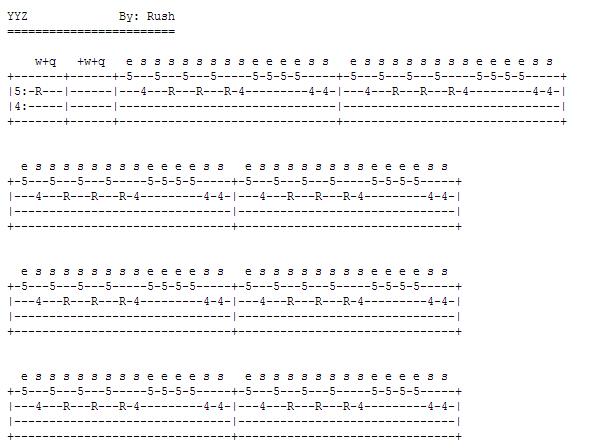
An X indicates a string that should be muted or not played 0 indicates an open string. Again, the fingerings are only suggestions. Numbers above the diagram are fretting-hand finger numbers, as used in standard notation. Dots show where the fingers go, and thick horizontal lines indicate barres. The line on the far left represents the sixth (lowest) string, and the line on the far right represents the first (highest) string. A Roman numeral to the right of a diagram indicates a chord played higher up the neck (in this case the top horizontal line is thin). Guitar fingerings GUITAR CHORD DIAGRAMSĬhord diagrams show where the fingers go on the fingerboard. Remember that the fingerings indicated are only suggestions if you find a different way that works better for you, use it. Circled numbers indicate the string the note is played on. Picking-hand fingering is indicated by i for the index finger, m the middle, a the ring, c the little finger, and p the thumb. Fretting-hand fingering is indicated with 1 for the index finger, 2 the middle, 3 the ring, 4 the pinky, and T the thumb. Guitar tablature GUITAR FINGERINGSįingerings are indicated with small numbers and letters in the notation. The notation and tablature are designed to be used in tandem-refer to the notation to get the rhythmic information and note durations, and refer to the tablature to get the exact locations of the notes on the guitar fingerboard. The numbers refer to fret numbers on a given string. In tablature, the six horizontal lines represent the six strings of the guitar, with the first string on the top and sixth on the bottom. The most common time signature is 4/4, which signifies four quarter notes per measure and is sometimes designated with the symbol “C” (for common time). The top number tells you how many beats are in each measure, and the bottom number indicates the rhythmic value of each beat (4 equals a quarter note, 8 equals an eighth note, 16 equals a 16th note, and 2 equals a half note). The fraction (4/4, 3/4, 6/8, etc.) or “C” character shown at the beginning of a piece of music denotes the time signature. A quarter note equals one beat, an eighth note equals half of one beat, and a 16th note is a quarter beat (there are four 16th notes per beat).

A whole note (see below) equals four beats. The duration of a note is determined by three things: the note head, stem, and flag. Notes are written in alphabetical order from A to G. Those interested can check out the symbols and letters commonly encountered along the staff indicating hammer on’s, pull offs, bends, vibrato, taps, and more.Standard notation is written on a five-line staff. Fortunately, tab does have a way of recording these techniques. Musicians need to know all the tiny embellishments that breathe personality into a tune. Before picking out a song, it can be helpful to have a recording on hand to aid in deciphering the tab.įurthermore, songs are more than just a cluster of chords. Guitar tablature is limited in that it has no means of showing how long each string should be allowed to resonate before the next is plucked. Turning Guitar Tab Into a SongĬhords, arpeggios, and riffs are all building blocks to a song, but without clues as to their rhythm and style, a group of chords written in tab could be the skeleton for any number of songs. Tab shows this by two or more numbers stacked one on top of each other along the fret. In both riffs and arpeggios, musicians often embellish the song by tossing in partial chords every so often. Single numbers along the tab staff can also indicate a riff or melody line.
READING GUITAR TABS X O SERIES
Single plucked notes can form arpeggios, or chords played in a series of separate tones rather than simultaneous notes. If the numbers along the staff aren’t arranged one on top of another, guitarists pluck them separately. If a guitarist plays each string, pressing the frets indicated, they should hear the chord written above the staff.
READING GUITAR TABS X O HOW TO
How to Read Chords in Guitar TabĪ stack of six numbers, one on each line, represent a guitar chord. A 0 in tab indicates an open string, or a string not pressed by any finger.

The first fret is the one farthest from the guitar’s body.Īs guitarists start with the first fret, then move to the second, and then continue up the neck, they raise the string’s pitch a half step each time. The numbers on the staff’s lines indicate which frets, or metal bars beneath the strings, should be pressed. Related: Types of guitars What Numbers Mean When Reading Guitar Tab The next line up corresponds to the guitar’s A string. The bottom line on the staff corresponds to the lowest string, or the E string. Each line represents one string of the guitar. Tab is written on a staff of six horizontal lines. Guitar tab is so easy to read and understand primarily because it creates a picture of the guitar’s neck.

What Numbers Mean When Reading Guitar Tab.


 0 kommentar(er)
0 kommentar(er)
